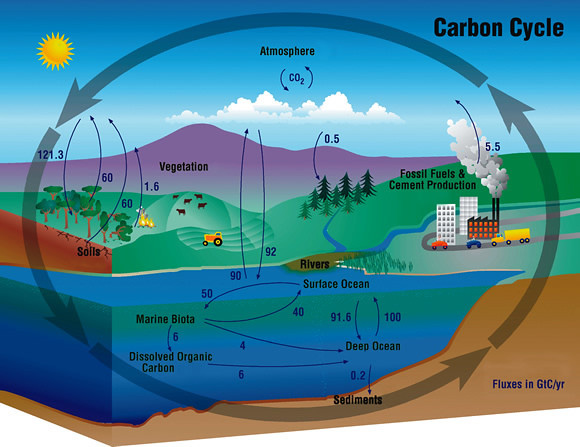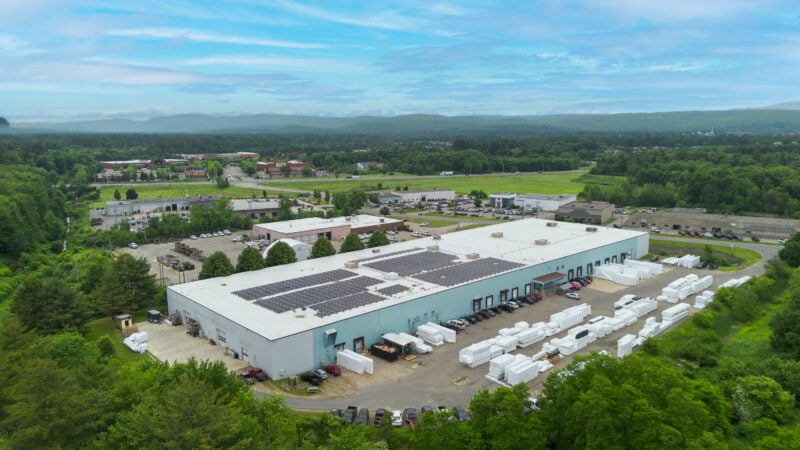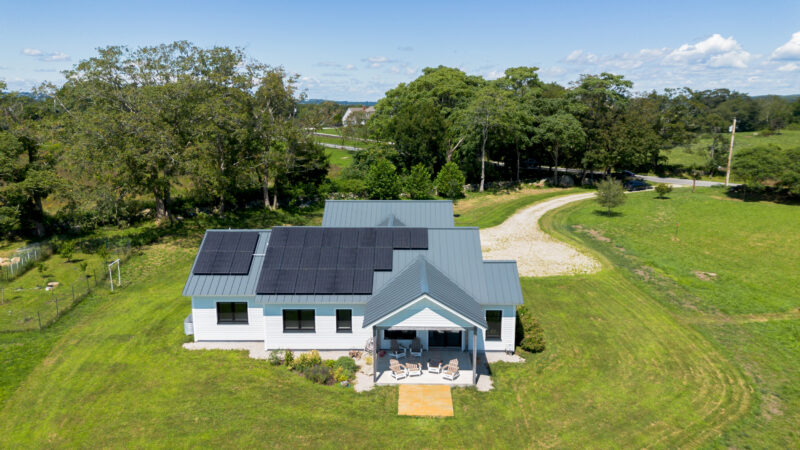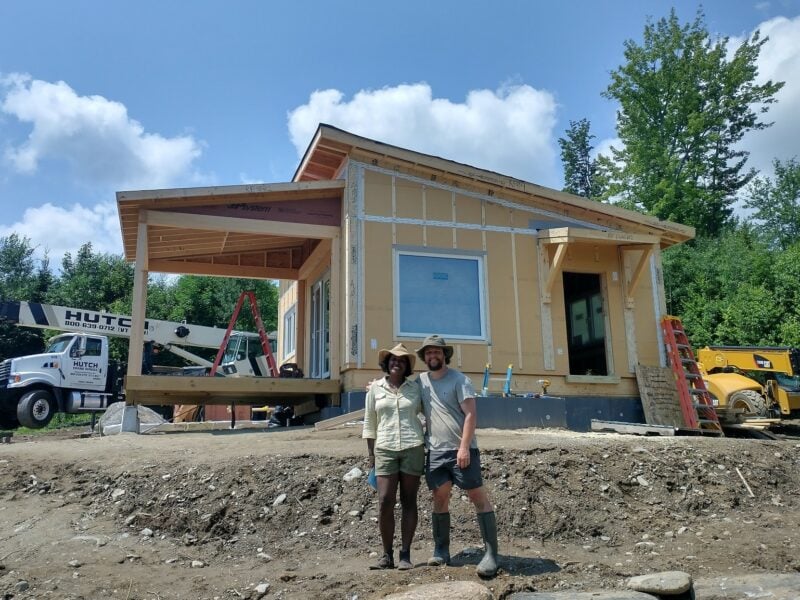Image source: sierraclub.org
Carbon accounting is complex, especially when applied to the home building process. But understanding how the construction and operation of buildings release carbon into the atmosphere, and how this impact can be mitigated, is critical for making informed decisions about building materials and construction methods.
Building operations – primarily heating and cooling – are responsible for a large percentage of overall global CO2 emissions. This is one of the reasons we design and build Unity homes to have very low heating and cooling loads. This efficiency translates into cost savings for homeowners, and lowered carbon emissions for the planet. But the benefits of lower operational emissions accumulate slowly, over time. Given the urgency of reducing carbon emissions, we are also focusing our attention on reducing carbon pollution with a shorter time frame – the carbon emissions associated with the materials and processes used to build our homes.
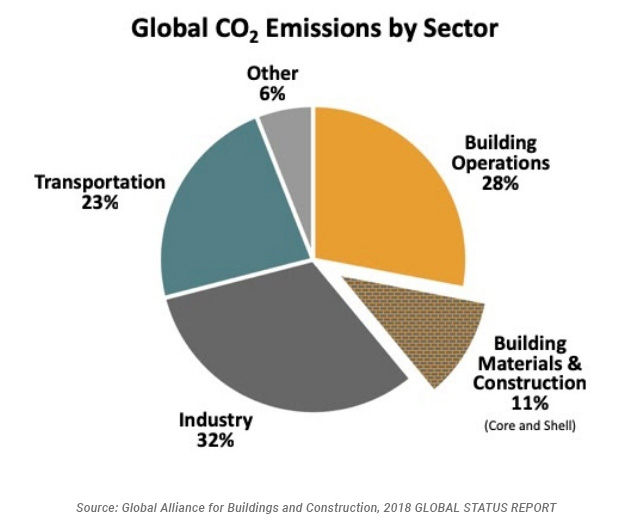
Many construction processes release significant amounts of carbon into the atmosphere. These include material manufacturing, transportation, operating heavy equipment and dealing with winter conditions. The Global Warming Potential (GWP) of materials like concrete and certain foam insulations is particularly high. Conversely, some materials have the potential to store carbon, acting as sinks to keep the carbon out of the atmosphere. If we are going to slow the pace of climate change, the construction industry will need to increase the use of materials that store carbon, to help offset emissions from manufacturing and transportation. Thanks to the wood-based materials that go into Unity’s wall and roof assemblies, they score highly for carbon sequestration.
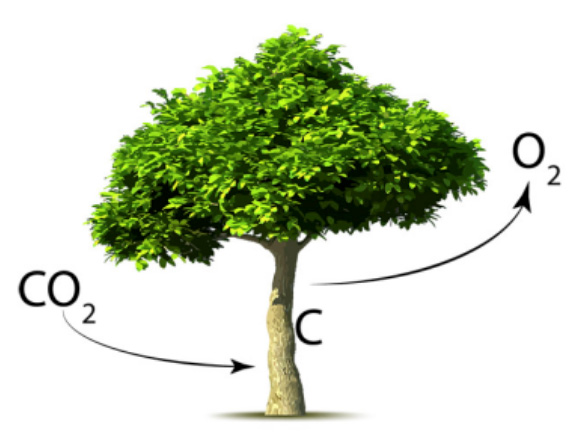
Trees pull carbon out of the air and turn it into wood. When a tree is harvested and used for lumber, about half the dry weight of the wood is carbon. The wood-based materials such as engineered framing lumber and cellulose insulation that Unity uses in its floor, wall and roof panels sequester carbon for as long as the materials remain in the building.
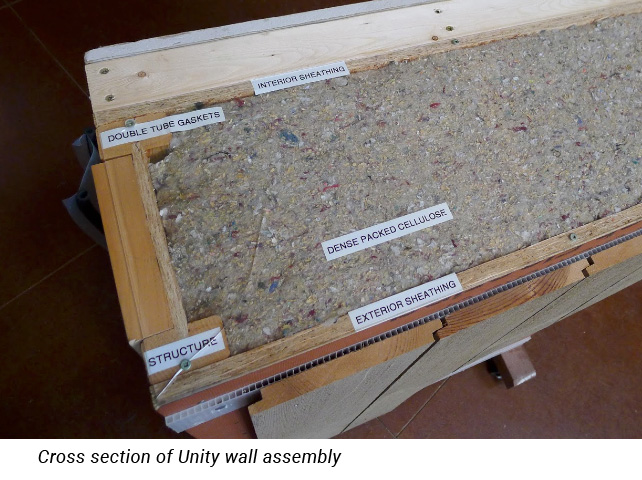
Years ago, Unity (a brand of Bensonwood) made the strategic decision to move away from using petrochemical-based materials such as foam in the construction of our homes. While we still see a place for rigid foam in construction – primarily for insulating concrete foundations and slabs, we’ve been able to minimize the use of foam in our floor, wall and roof panels. Our reasons for phasing out foam were varied, but the best argument today is that we have good alternatives in the form of healthy, carbon-sequestering materials.
Using wood in construction is not a panacea for climate change. The degree to which wood building materials act as a net carbon sink depends on many factors, including how well the forests are managed. But given the rapidly-decreasing window of opportunity for mitigating the effects of climate change, at Unity we’ll continue to develop and use wood-based building assemblies, because we’re all-in on storing carbon now.
Links for further reading:
Building Green news brief: Wood Structures Could Reduce Global Carbon by Almost a Third
Sierra Club pamphlet: Forests, Wood and Climate
